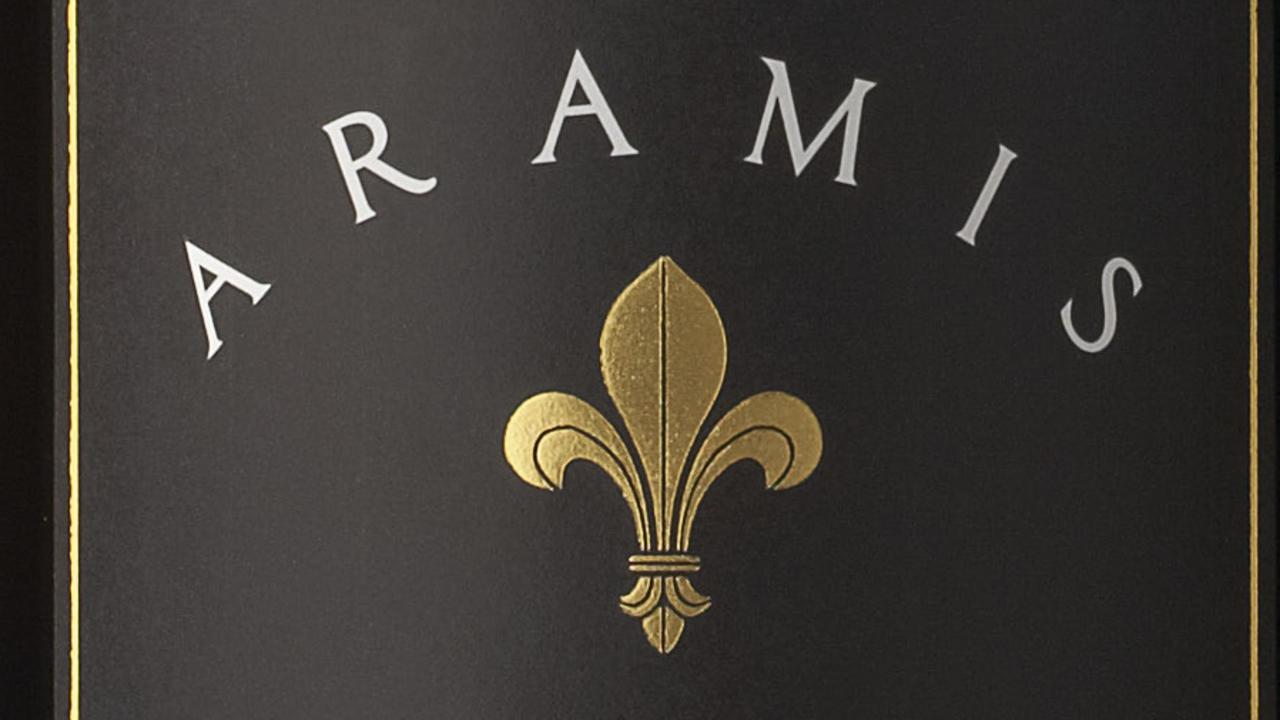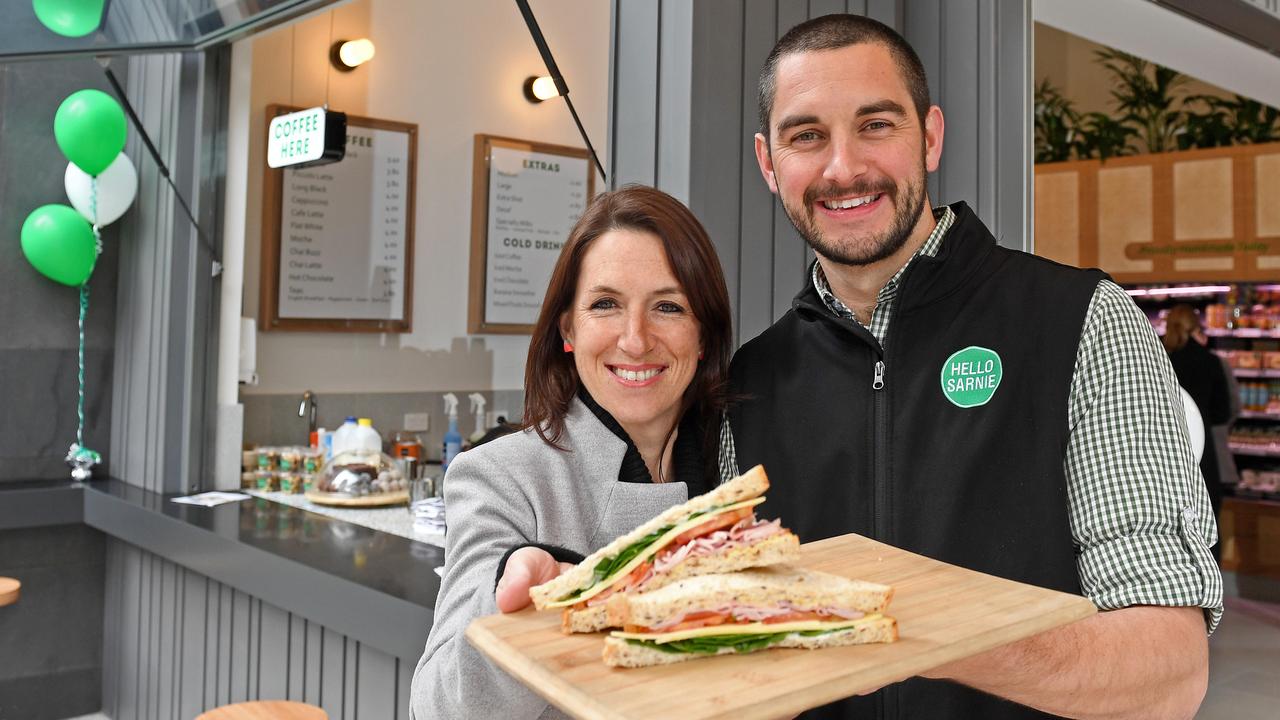Chef Alex Atala from D.O.M. writes about the native foods of Brazil ahead of visit to Tasting Australia
One-time punk and DJ, Alex Atala has taken the wild and wonderful ingredients of the Amazon Basin to power D.O.M., the Brazilian restaurant ranked among the best in the world, as well as an array of other projects. Ahead of his visit as a guest of Tasting Australia, he reveals what excites him now.

delicious SA
Don't miss out on the headlines from delicious SA. Followed categories will be added to My News.
One-time punk and DJ, Alex Atala has taken the wild and wonderful ingredients of the Amazon Basin to power D.O.M., the Brazilian restaurant ranked among the best in the world, as well as an array of other projects. Ahead of his visit as a guest of Tasting Australia, he reveals what excites him now.

Tell us about your childhood
When I was a child, my dream was to become a biologist. I was born and raised in Sao Paulo. My father worked in the rubber industry while my mother sewed and took care of family. I was the third of four siblings. On weekends, we usually went to the sea or rivers to fish. Our family rule was that we had to catch and clean the fish ourselves before taking it into the kitchen. (Then) my mother or grandmother would make simple but delicious dishes, like fried fish or stews.
How did you become a DJ and then change to cooking?
I first went to Europe at 18 to live the dream of music. To pay the bills, I’d paint walls but to get a permanent visa I had to enrol into a school of some kind. A friend in the same situation was in a cooking course. So I enrolled in the Hospitality School of Namur, in Belgium.
In the beginning, it was quite frightening. I started out as a helper, peeling potatoes and washing dishes. I almost gave up. But when I first got to touch the fish, fresh vegetables ... when I got to truffle and mushroom season, that’s when I felt my life taking shape.

Do you see parallels between food and music, the nightclub and the kitchen?
I have no doubts that the way punks look at the world is quite singular. I’m just not sure if it is the right one. My identification with punk rock during my teenage years came from an inner energy. From the moment I was able to channel that into my work and, through working, express myself, maybe it became my ace in the hole.
How do you go about locating and sampling native ingredients, especially in a country as vast as Brazil?
We exercise a close relationship with our suppliers. That guarantees both the quality of our products and makes them feel comfortable to come to us with suggestions. The ATÁ Institute is also an essential means to finding new ingredients. It is the first Brazilian entity to dedicate itself entirely to the human-food relationship. Its mission is to “bring together the knowing and the eating, the eating and the cooking, the cooking and the making, the making and the environment”. In this, we search for and value diversity, the best sustainability practices serving production and consuming, waste limitation, quality and identity of cuisines in Brazil and around the world, nutritional safety, technology and innovation.
What is your impression of Australia?
We’ve been before and had an amazing time. The food, the places, the people … everything was great! I must say I’m looking forward to finding some of those marron again. They are delicious!
What ingredients excite you at the moment?
Right now it’s a type of giant vanilla with an aroma potential that is truly mesmerising, called “baunilha-do-cerrado” (or “vanilla from Cerrado”, a Brazilian biome).
It was around 2007 when I had the first contact with it. I was surprised to get to know such a wild, untamed vanilla and, in that moment, a dream was born: the Baunilha-do- Cerrado Project, which consists of encouraging and training the local Kalunga community to produce the vanillas in an agro-forest system and greenhouses.

It has a high concentration of vanillin, which makes the aroma amazing. Its aromatic combination is quite different from most types of vanilla that usually have a tobacco scent.
When speaking of large-scale vanilla from Madagascar or Mexico, we’re speaking of vanilla pods that weigh from 10g to 15g. One medium-size Kalunga vanilla can weight 80g. And we’ve harvested some that weighed double!
Are there some ingredients you can’t use, that don’t taste good however you use them?
Brazil has the largest biodiversity in the world, so you can find basically a bit of everything if you look for it. To taste “bad” or “good” is a very personal matter. What I like might not be the same you like. Also because of that, you must always keep your mind open to new flavours and possibilities.
Do you see ties between the indigenous foods and people of Brazil and the native foods and people of Australia?
Cooking with what comes from inside your country and showing how delicious these ingredients are is the most beautiful thing one can do as a chef. When I was in Australia last time I saw some amazing chefs cooking exquisite dishes with ingredients from their land and it was amazing.
Alex Atala leads the line-up of chefs for “Wild” in the Glasshouse Kitchen, Town Square, on April 13



